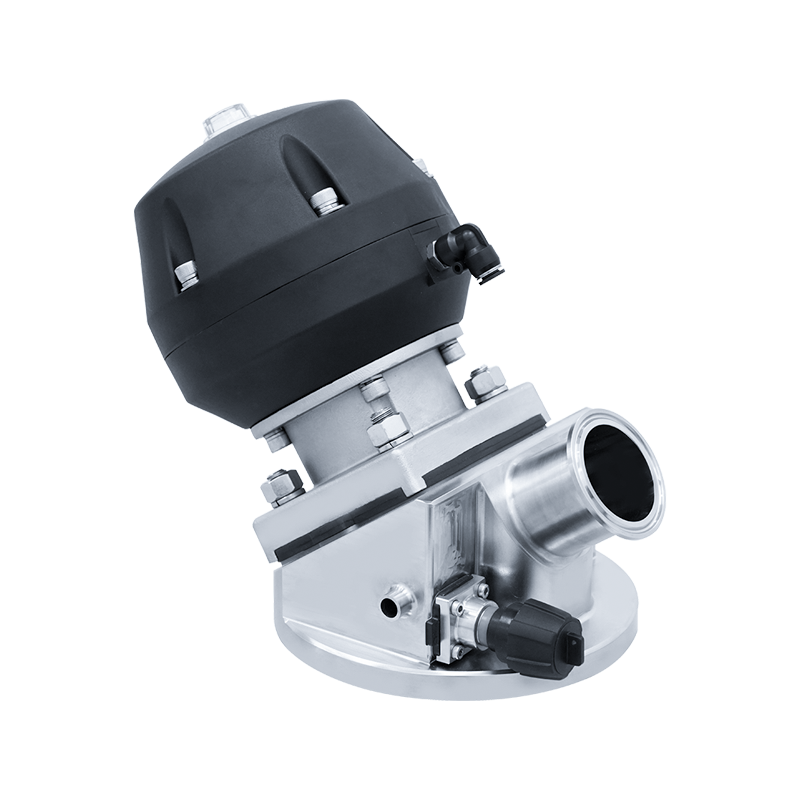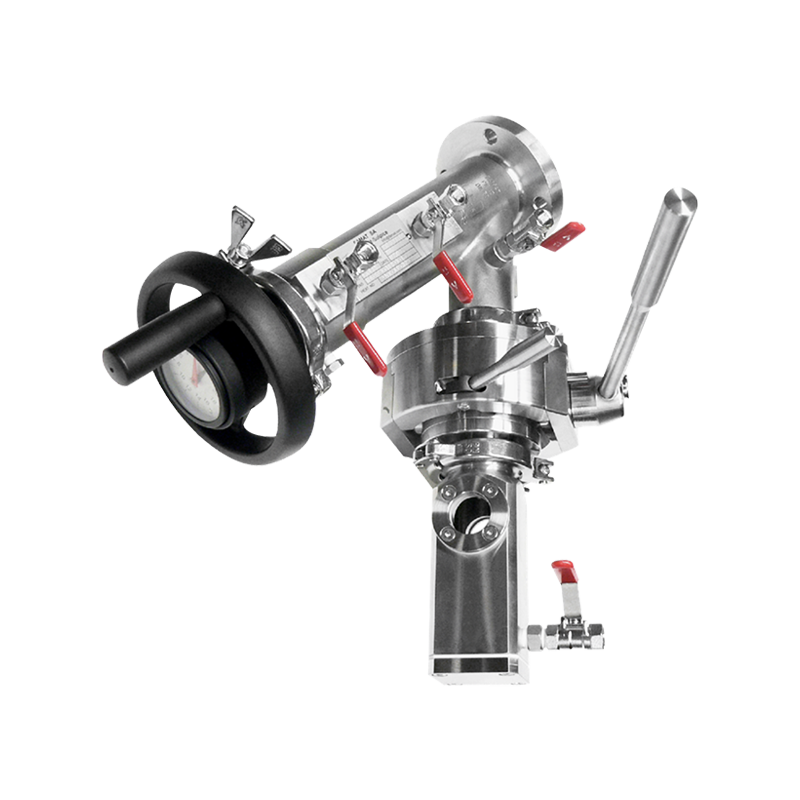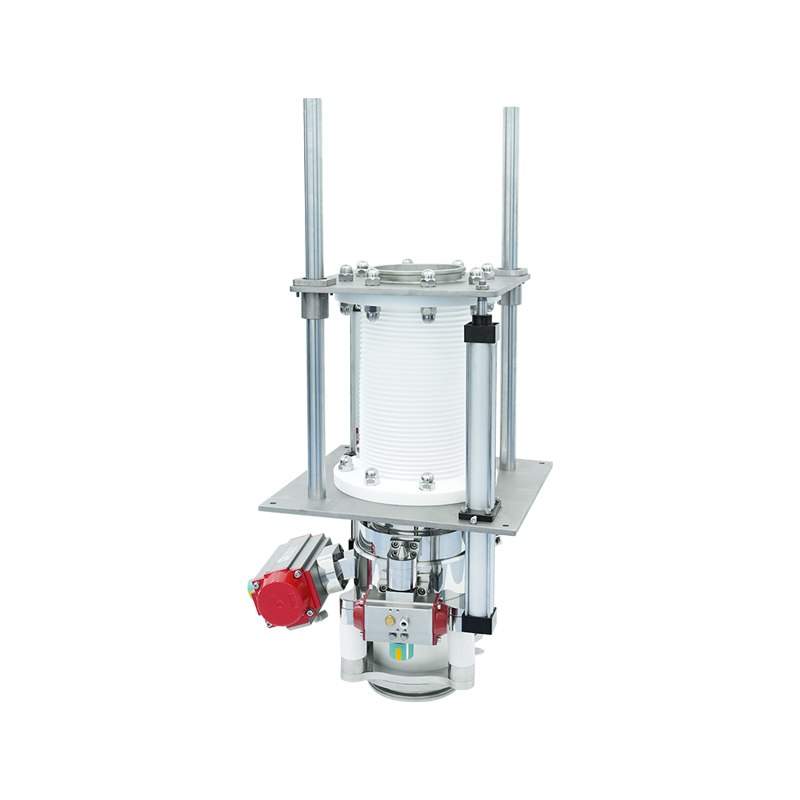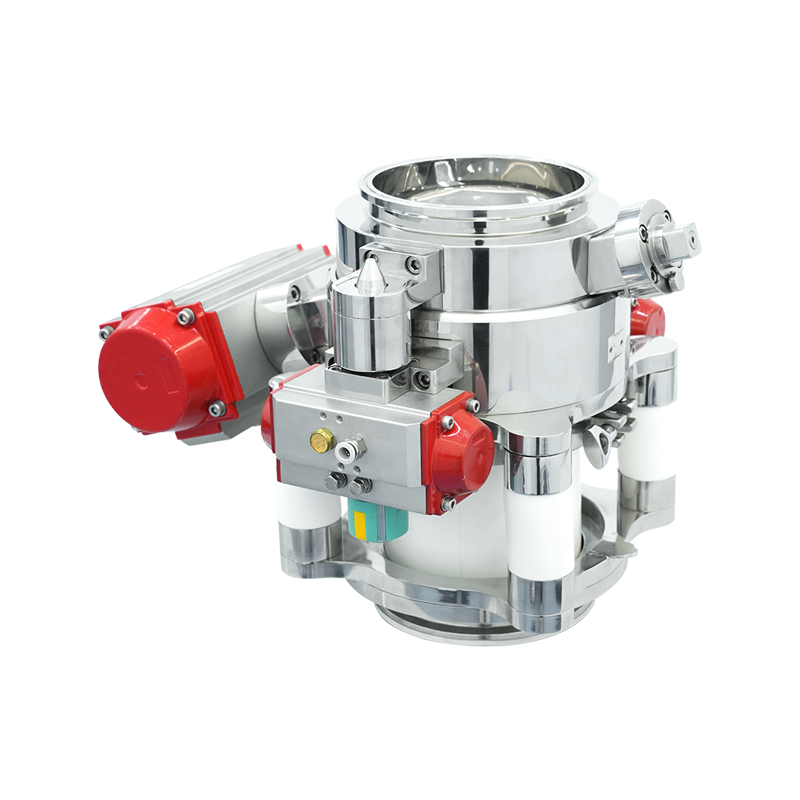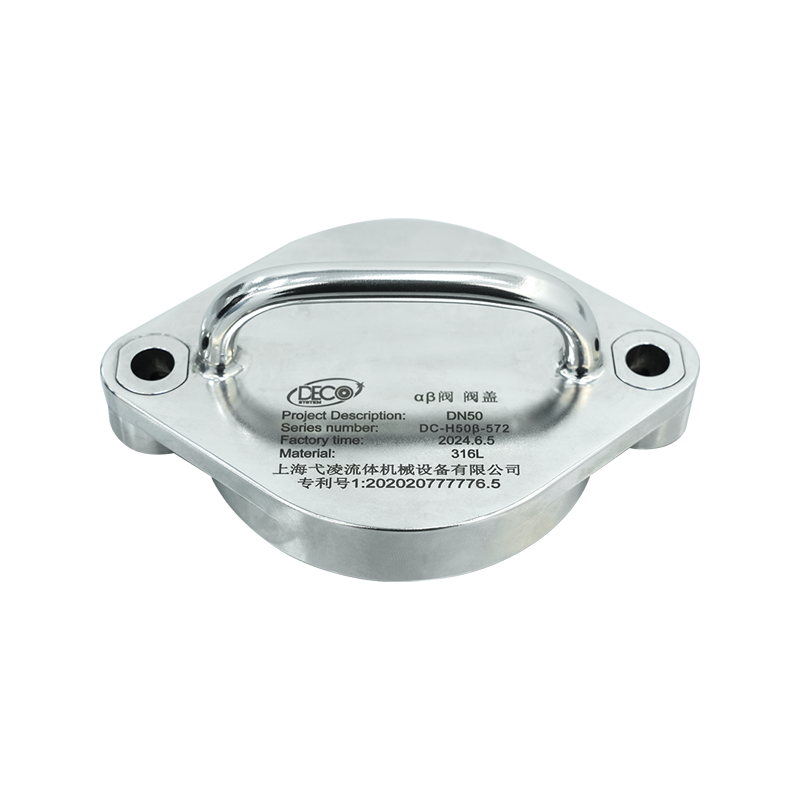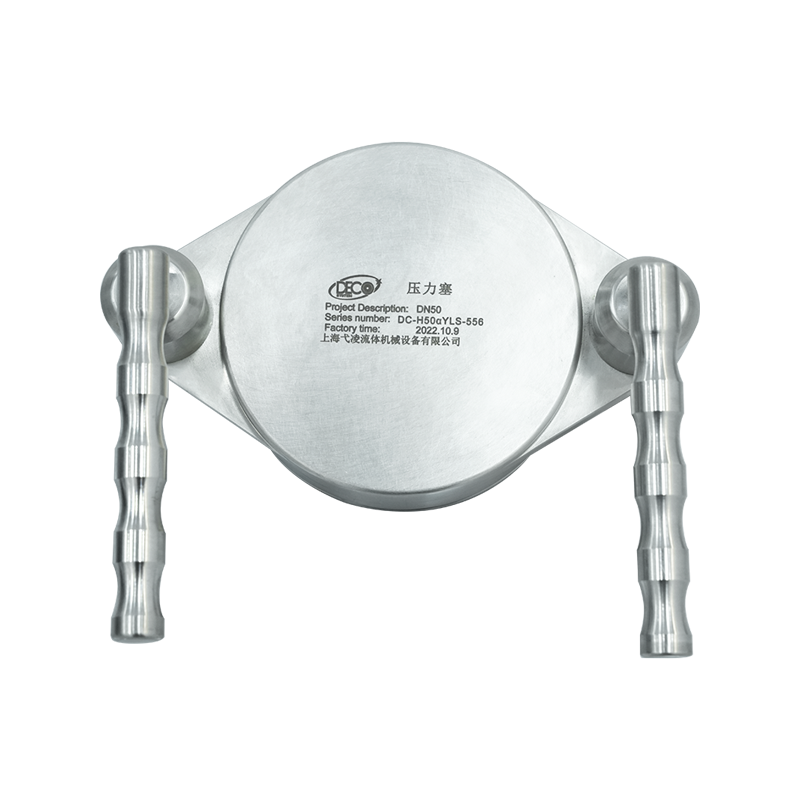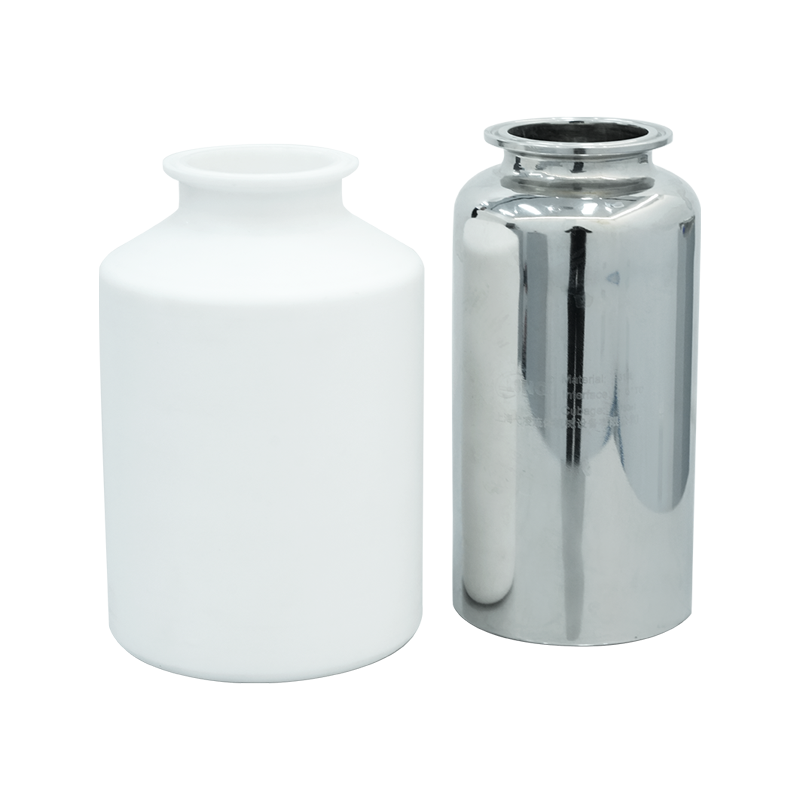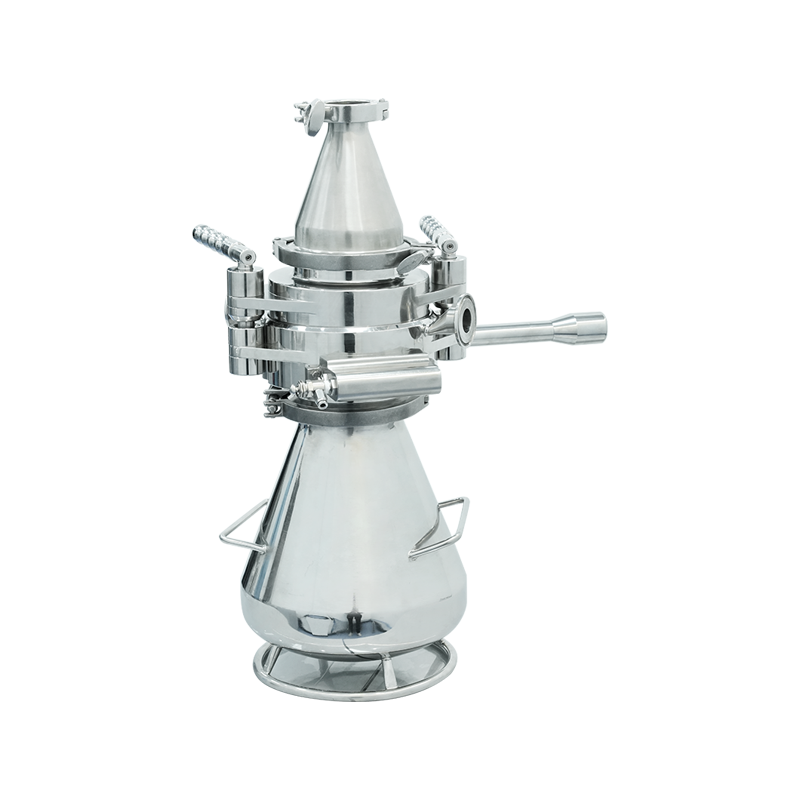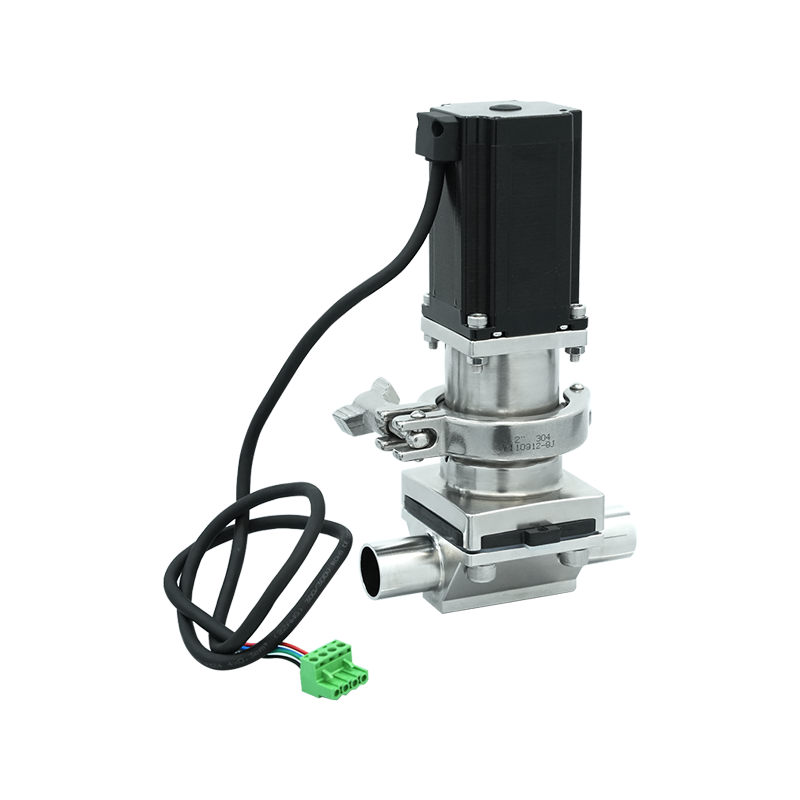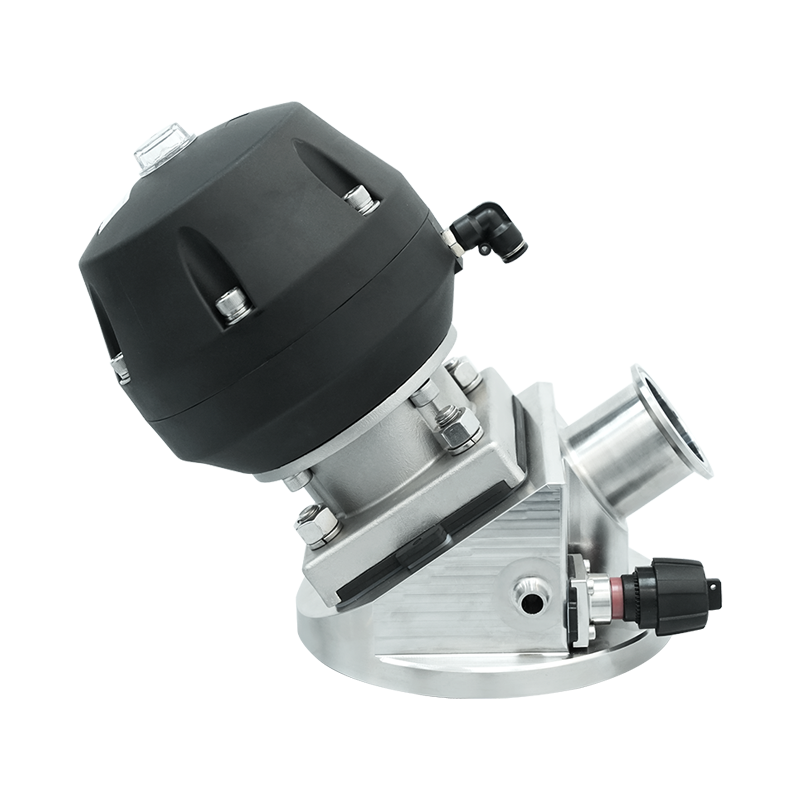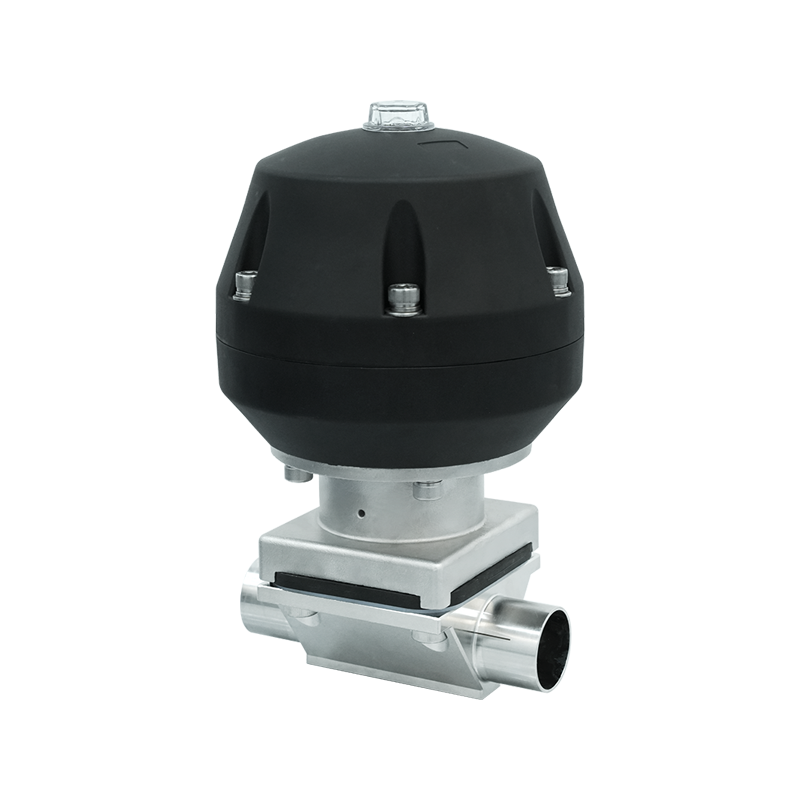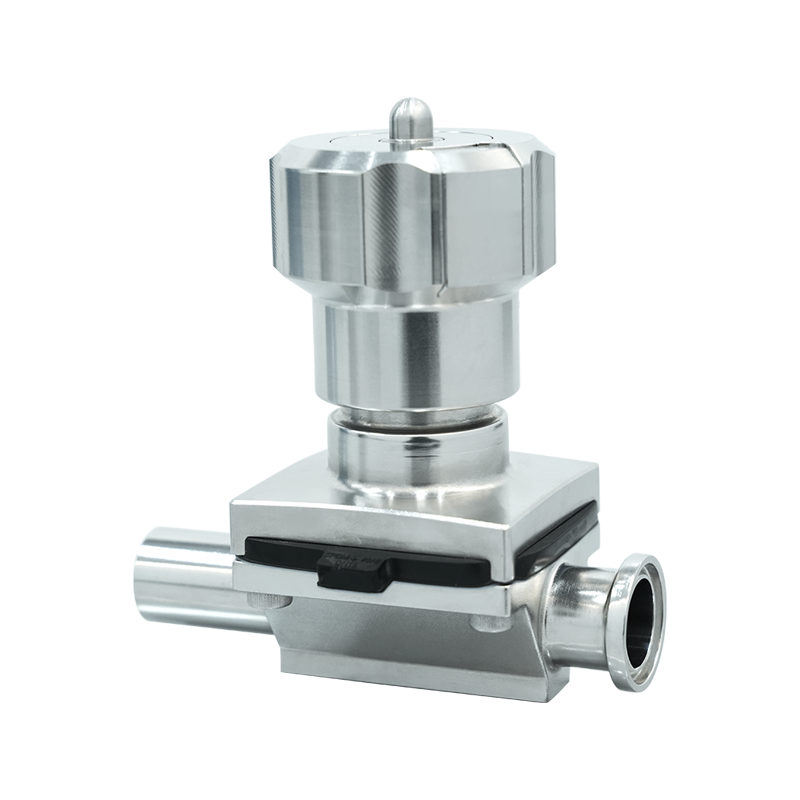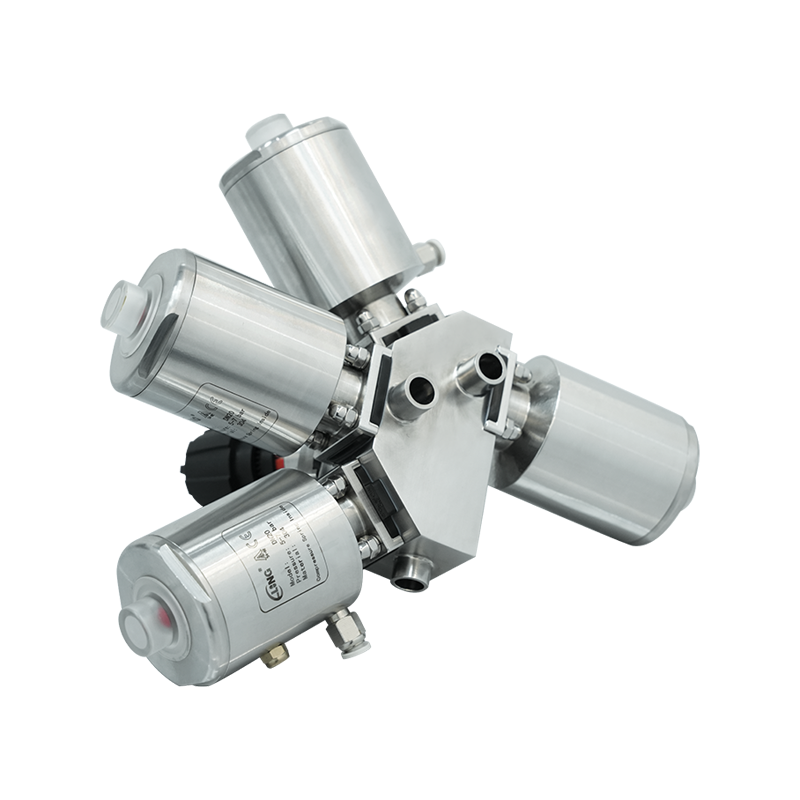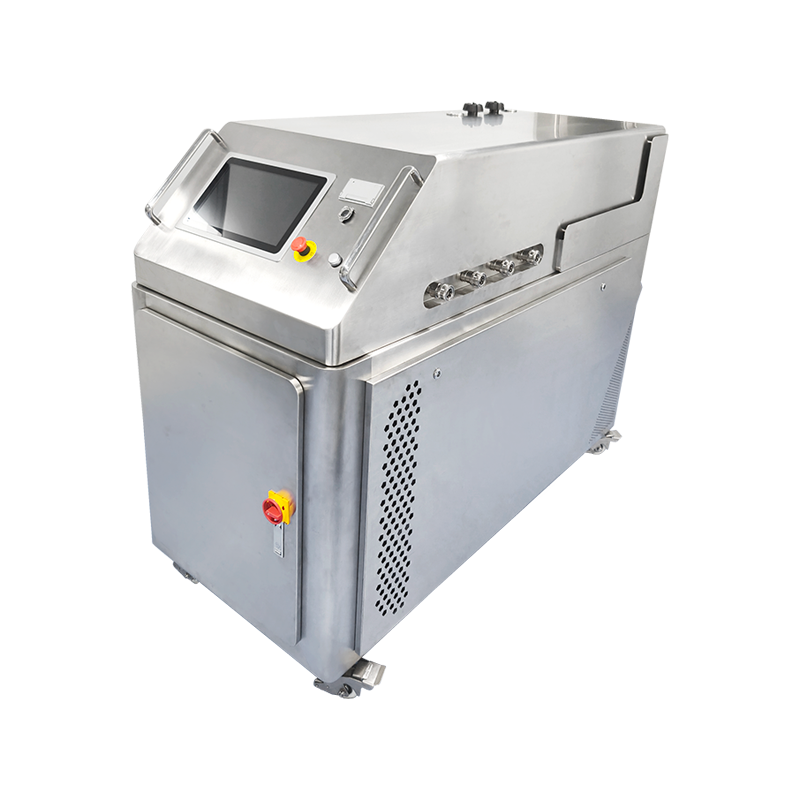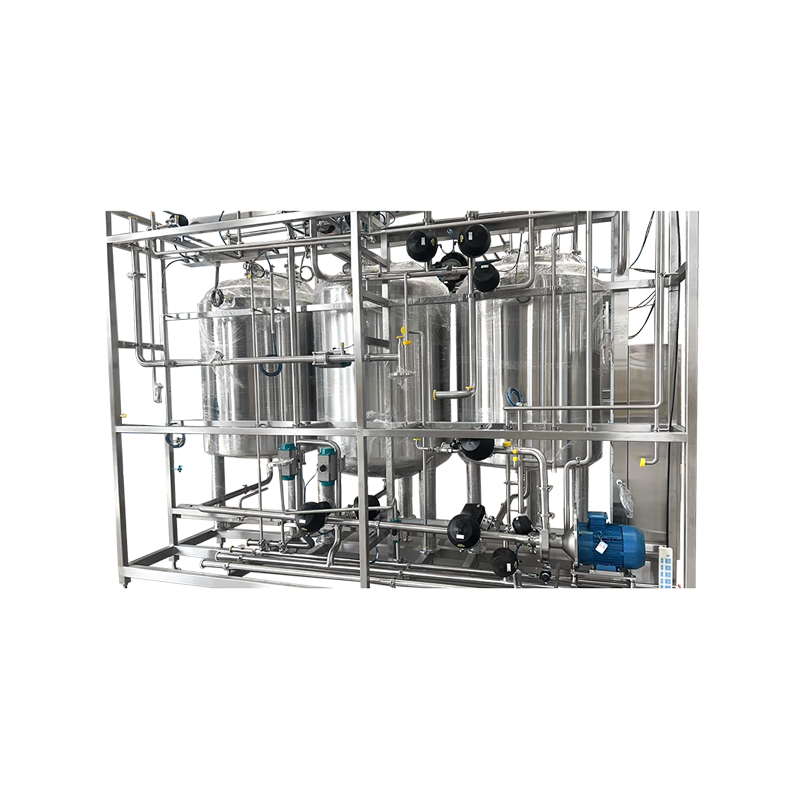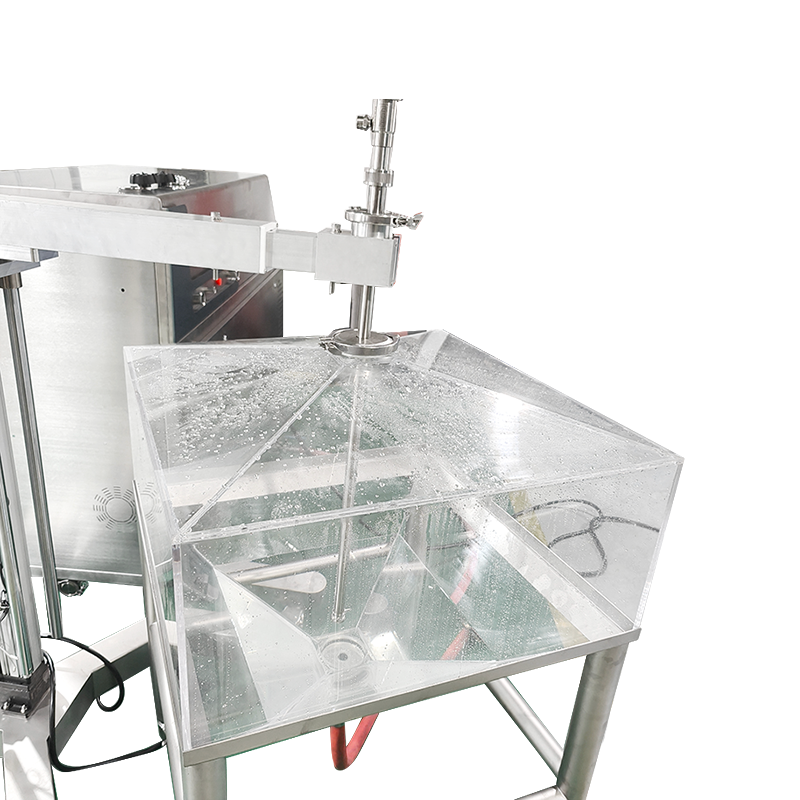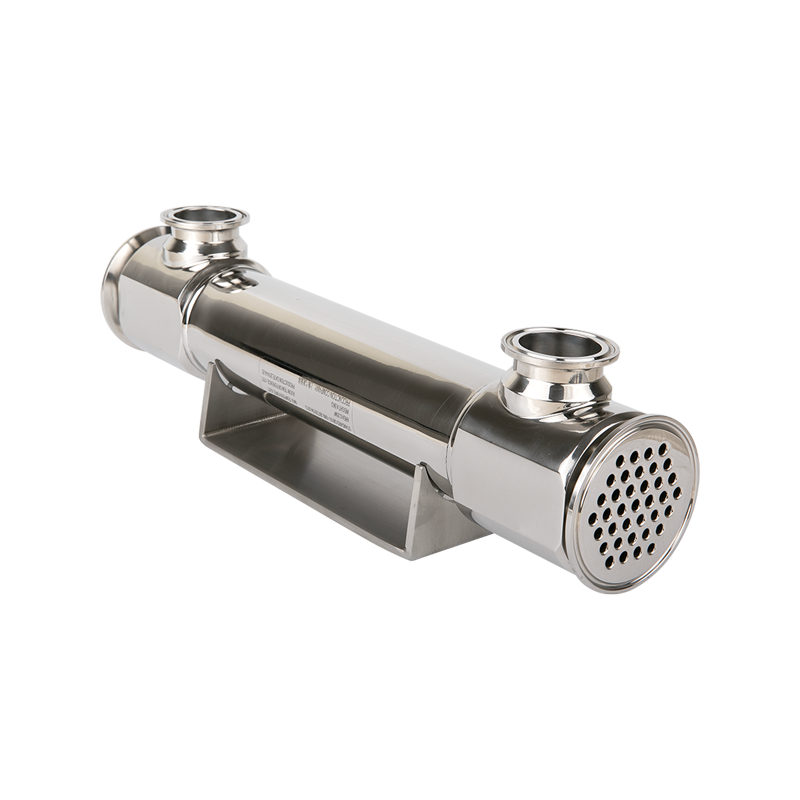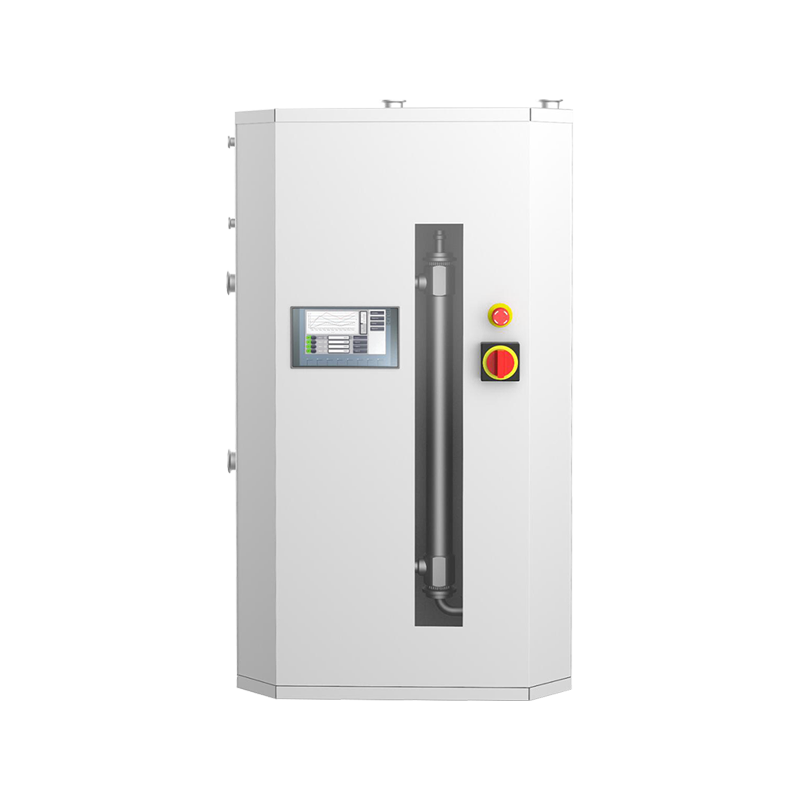In industries such as pharmaceuticals, bioengineering, food and beverages, and chemicals that have extremely high requirements for hygiene and precise control, the discharge system at the bottom of the tank is one of the key links in the process. Tank Bottom Diaphragm Valve has become the preferred equipment for fluid control and discharge at the bottom of the tank due to its excellent sealing performance, dead-angle-free structure, and easy-to-clean characteristics.
1. What is Tank Bottom Diaphragm Valve?
Tank Bottom Diaphragm Valve is a diaphragm valve with a special structure designed for installation at the bottom of a container or reaction tank. It uses a flexible diaphragm as a seal to control the opening and closing of the fluid by moving the diaphragm up and down. It is widely used in process systems with extremely high requirements for cleanliness, thoroughness of discharge, and fluid pollution-free.
Compared with traditional ball valves, gate valves, etc., the biggest features of the tank bottom diaphragm valve are:
The installation position is located at the lowest point of the tank body to achieve complete emptying;
The internal dead angle design avoids residual liquid and reduces the risk of cross contamination;
The valve body is compact and suitable for CIP/SIP cleaning and sterilization processes.
2. Structural composition and working principle
The typical Tank Bottom Diaphragm Valve is mainly composed of the following parts:
Valve body: usually made of stainless steel (such as 316L), welded to the tank body to ensure no leakage and high strength.
Diaphragm: Made of PTFE, EPDM, Teflon and other materials, it is the part that is in direct contact with the medium and is responsible for sealing and flow interruption.
Drive mechanism: including manual, pneumatic and electric types, used to control the up and down movement of the diaphragm.
Shell sealing system: ensures that the valve still works stably under high pressure and high temperature to prevent leakage.
When working, the diaphragm is pressed down against the valve seat by the driving device to close the channel; it is lifted up to open the channel to discharge or divert the fluid.
3. Core advantages and performance characteristics
Complete emptying design
The valve seat is flush with the bottom of the tank, with no liquid residue, which is particularly suitable for precious liquid medicine or biological agents, reducing material waste and pollution risks.
High cleanliness, no dead angle
The inner cavity structure is round and smooth, in line with EHEDG, 3A, FDA and other hygiene standards, and is particularly suitable for aseptic production occasions.
Corrosion resistance and high temperature performance
The valve body and diaphragm materials can withstand acid and alkali corrosion, repeated steam sterilization (SIP) and cleaning in place (CIP), extending the service life.
Multiple drive modes and automatic control
It can be equipped with position feedback devices and control modules to realize remote automatic operation and system integration, which is suitable for smart factories.
Convenient maintenance and stable operation
The diaphragm is easy to replace and simple to operate, and the valve operation process is frictionless and not easy to wear, reducing maintenance costs.
4. Typical application areas
Biopharmaceutical industry
Used for bottom drainage of sterile fermentation tanks, liquid preparation tanks, purification systems, etc., to ensure that each batch of products has no cross contamination and complies with GMP specifications.
Food and beverage industry
Applied to the discharge of fluid storage tanks such as milk, juice, and seasoning liquid to avoid residual liquid corruption and ensure food safety and taste consistency.
Semiconductor and electronic chemicals
Especially suitable for emission control of ultrapure water and high-purity chemical storage tanks, with extremely low tolerance for particles and metal ions.
Chemical and environmental protection fields
Used for bottom drainage of reactors for fine chemicals or highly corrosive liquids to improve operational safety and fluid utilization efficiency.
5. Technological development and future trends
With the rapid development of aseptic production, automated control and green manufacturing, the technology of Tank Bottom Diaphragm Valve is also constantly innovating:
Modular intelligent control unit: Collaborate with PLC/DCS system to realize automatic detection of valve status, remote alarm, and intelligent adjustment.
New diaphragm materials: Develop new composite diaphragms that are more resistant to high temperature, high pressure, and high pH environments to adapt to more demanding working conditions.
Integrated molding technology: Improve the welding process with the tank body to ensure that the weld is clean and seamless and improve the sealing reliability.
Environmental protection and sustainable material selection: Reduce the environmental burden during production and use, and meet the requirements of future green factories.
Tank Bottom Diaphragm Valve has become the preferred equipment for tank emission control in the pharmaceutical, biological, food and other industries with its high cleanliness, no residue, and reliable sealing. In today's pursuit of high efficiency, high standards, and zero pollution, the tank bottom diaphragm valve is not only a tool for fluid control, but also a key guarantee for achieving clean production and quality control. With the continuous evolution of technology and the improvement of industry standards, the tank bottom diaphragm valve will play a more core role in intelligent manufacturing and sanitary engineering.
